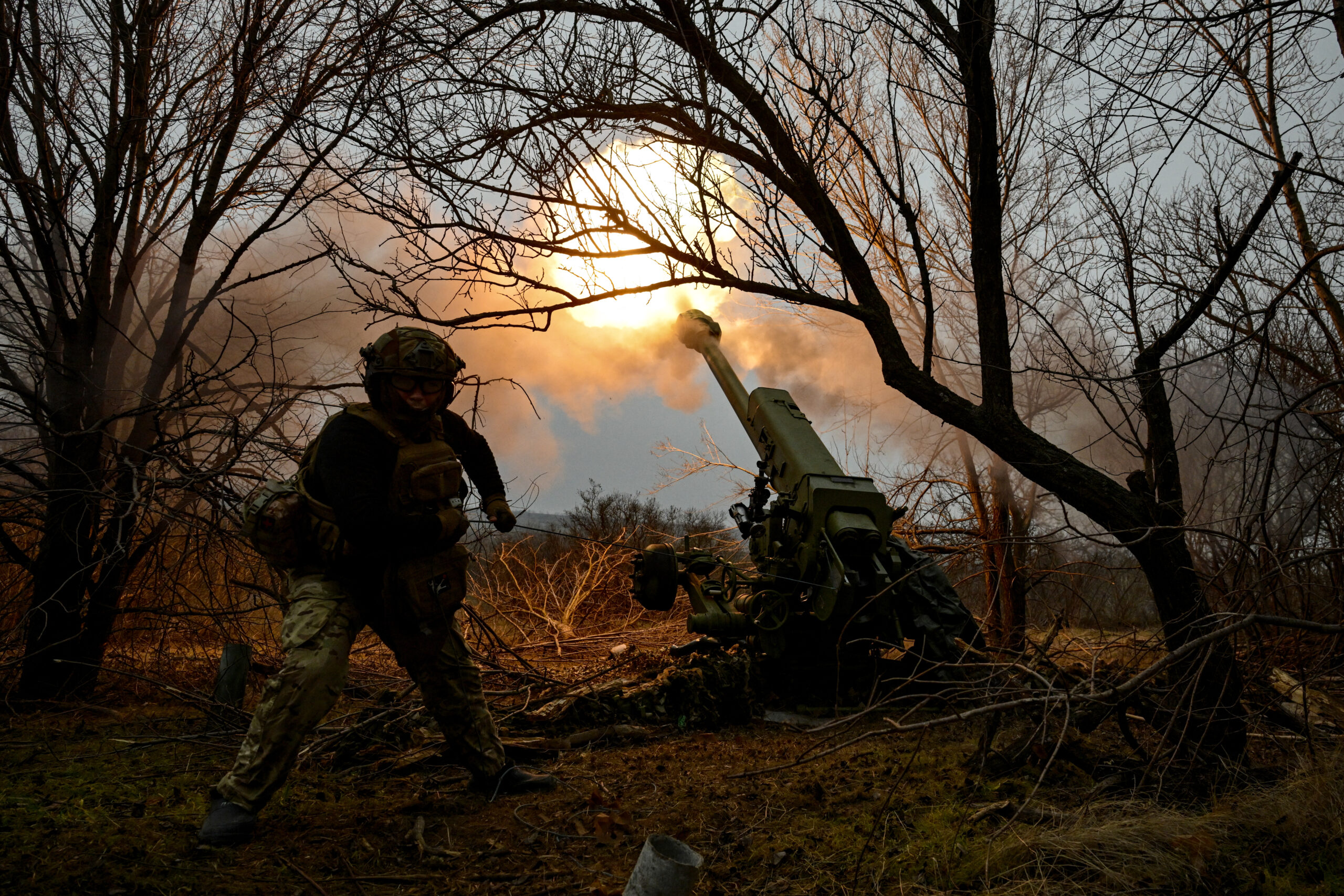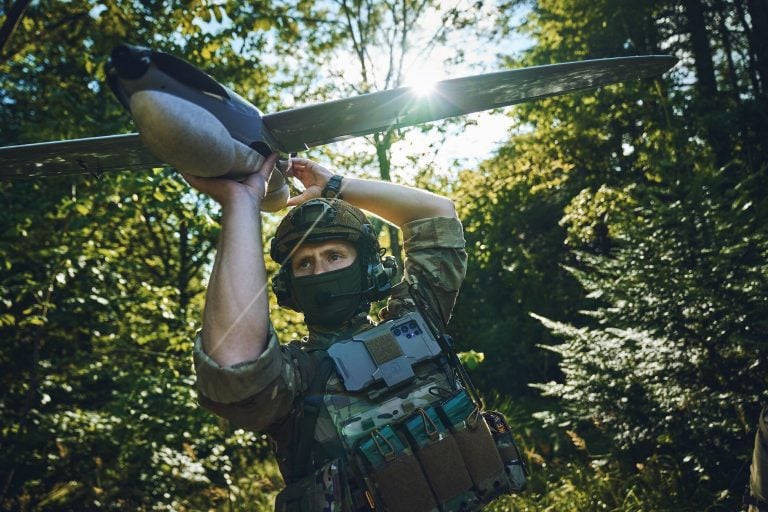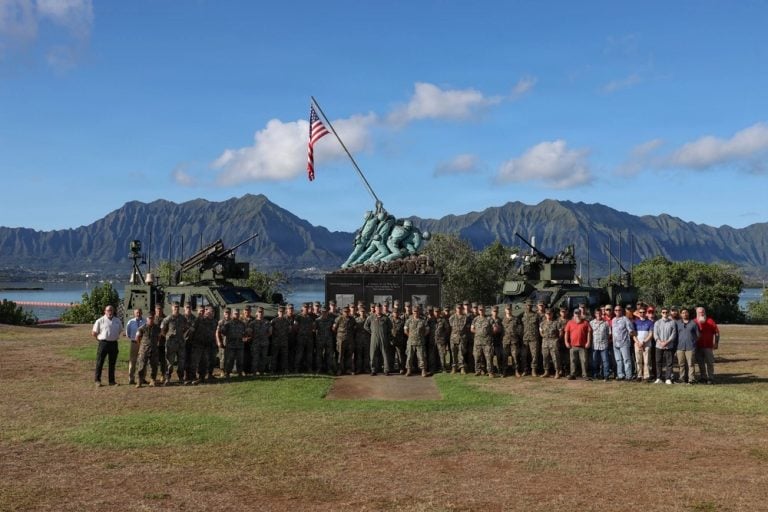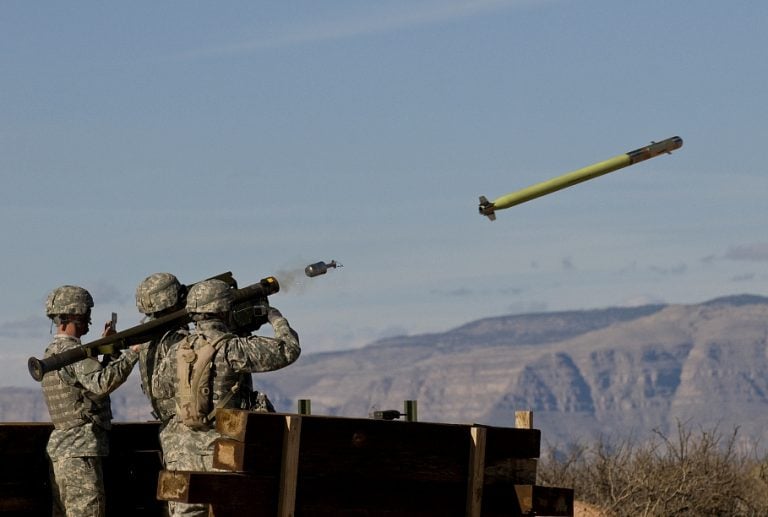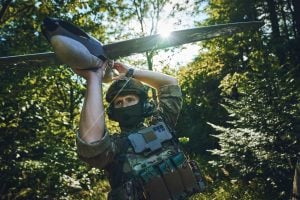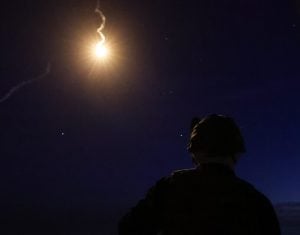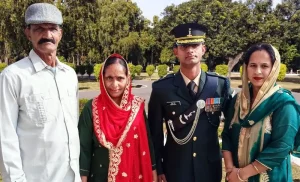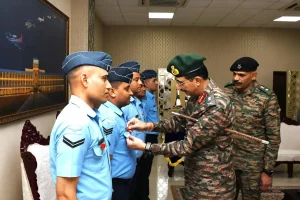In a significant development, President Volodymyr Zelensky confirmed on Monday that Ukrainian forces are conducting operations within Russia’s Belgorod region. This marks the first acknowledgment from the Ukrainian leadership regarding their active presence in this area, where Russian authorities reported incursions earlier in March.
Belgorod, located near the Ukrainian border and home to approximately 1.5 million residents, has frequently been targeted by Ukrainian air strikes. It is positioned close to the Kursk region, which has seen heavy fighting as Ukrainian troops strive to maintain control after a surprise incursion last year. In his daily address, Zelensky relayed information from General Oleksandr Syrsky, the commander in chief of Ukraine’s armed forces, regarding the operational status of Ukrainian troops not only in Belgorod but also in the nearby Kursk region.
“We continue to conduct active operations in the border areas on the enemy’s territory, and this is absolutely right — the war must return to where it came from,” Zelensky stated, emphasizing the strategic necessity of these operations. His comments come amid ongoing tensions and military objectives aimed at relieving pressure from Russian forces attacking Ukrainian territories, specifically in the regions of Sumy and Kharkiv.
In March, the Russian military acknowledged facing anticipated land assaults within Belgorod, coinciding with heightened Ukrainian efforts in the region. According to the DeepState military blog, which is closely tied to the Ukrainian military, Ukrainian forces have reportedly secured a 13 square kilometer area in Belgorod, particularly near the border village of Demidovka.
Zelensky reaffirmed the importance of these military initiatives, indicating that they serve a dual purpose—aiming to draw Russian forces away from ongoing offensives against Ukraine while asserting a presence on the adversary’s territory. “The commander in chief reported on the activity of our units along the border, as well as in the so-called grey zone and directly on enemy territory,” he noted, highlighting the increasing complexity and dynamics of the conflict as it unfolds across borders.
This development not only showcases the evolving battlefield strategies but also reflects a shift in the narrative surrounding the conflict, bringing the war directly to the terrain of the aggressor. As the situation develops, it remains to be seen how these actions will influence the broader military landscape and international responses to the ongoing war.
